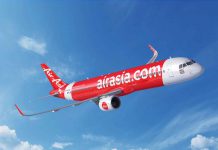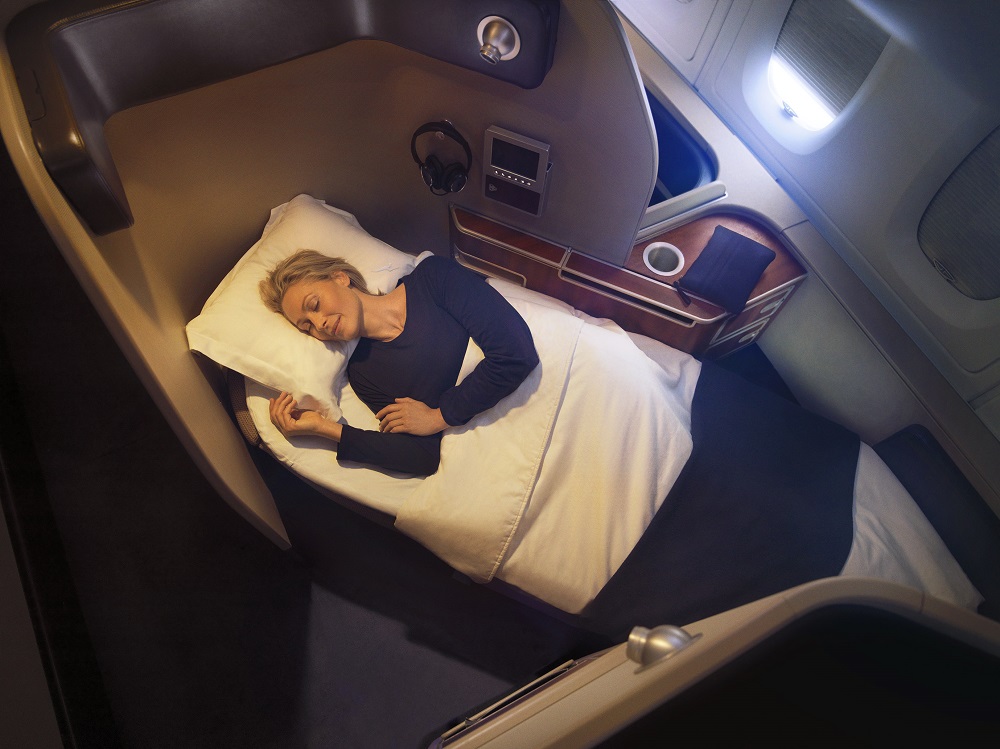Flying east or flying west — when it comes to jet lag, which is best?
Are the slings and arrows of outrageous jet lag worse on London-Perth or Perth-London? Sydney-Dallas or Dallas-Sydney?
And does also flying north or south make any difference?
It’s a question about which many frequent flyers have strong opinions but until now evidence been largely anecdotal or based on laboratory studies.
Australian researchers working with Qantas are about to change that with a major study involving several thousand passengers across a variety of routes and aircraft.
The University of Sydney’s Charles Perkin Centre has been working with The Flying Kangaroo to study long-distance travel on its marathon Perth-London flight and in preparation for its proposed “Project Sunrise” ultra-long-haul non-stop flights from Sydney to London and New York.
A feasibility trial by the center made headlines when it found one passenger traveled on the 17-hour Perth-London flight without moving from his seat and taking a toilet break.
The business class passenger with the cast-iron bladder was apparently too comfortable to move.
Read: New Qantas 787 record — 17 hours without a toilet break.
The next phase of the project will see scientists issue questionnaires to several thousand passengers about how hard they are hit by jet lag.
Jet lag occurs when the body clock, or circadian rhythm, is disturbed by travel across time zones. The American Sleep Association (ASA) says a rule of thumb is that the body takes one day per time zone crossed to fully recover and adjust to changes.
“The plan is to look at different durations and directions of travel — north, south, east, west — as well as different aircraft and relate that with a large cohort of thousands of passengers ultimately to the severity of jet lag,’’ Charles Perkins Centre academic director Stephen Simpson told AirlineRatings.
“That’s really significant foundational research that will help us to really start to build upon the next phase of the Dreamliner project and Project Sunrise.’’
Prof. Simpson said there was a theoretical basis for assuming the direction of travel makes a difference because the circadian clock shifts more readily in one direction than the other.
West to east is generally seen as worse because it pushes the cycles forward rather than back, according to the ASA, and people find adjusting to this harder.
“We’ll be interested to see if that’s borne out because really, other than in lab experiments where people have been kept under continuing conditions for differing periods, it hasn’t been done,’’ Prof. Simpson said. “So this is an ideal opportunity to do that.”
The jet lag study is one of a number of projects the center is planning to study with Qantas on the impact on passengers of ultra-long-haul travel.
The four main areas it is investigating are physical activity, cardio-metabolic health and nutrition, state of mind and the immune system.
That feasibility trial that discovered passengers generally moved around less than expected was principally testing out the logistics of conducting the studies. This included the suitability of various wearable monitoring devices and how to best structure questionnaires.
It looked at three different types of devices passengers could wear to record various parameters and Prof. Simpson said each had advantages and disadvantages.
“It depends what you want to do,’’ he said. “If you want to measure heartbeat or if you want to measure physical activity or you want to try and estimate sleep and rest, different devices do some of the things better than others.”
The center has also done more planning around whether long-distance travel affects the immune system and a traveler’s mental state.
























